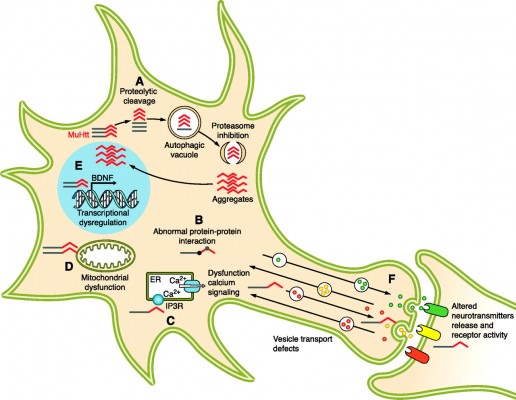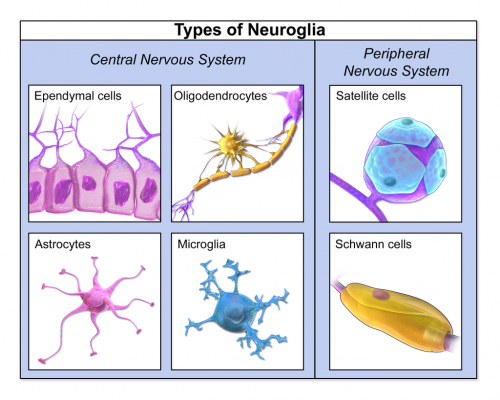Researchers from Copenhagen and the US have succeeded in slowing the progression of Huntington’s disease in mice with a transplant of healthy human brain cells. This provides a new route to tackle this incurable fatal disease.
 Cell therapies are promising for some of the most serious diseases, from their role in cancer treatment (one of the ways Biotech is curing cancer) to treat osteoporosis, tackle Crohn’s disease and solve diabetes.
Cell therapies are promising for some of the most serious diseases, from their role in cancer treatment (one of the ways Biotech is curing cancer) to treat osteoporosis, tackle Crohn’s disease and solve diabetes.
Now, cell therapies are one step closer to the wall of fame in developments for major neurodegenerative diseases, by providing a way to slow down Huntington’s disease – a fatal disease so far with no therapy options.

This is where results from research groups at the University of Rochester (US) and the University of Copenhagen (Denmark) are pointing. They have now been published in the journal Nature Communications.
The researchers implanted healthy human glial cells in mice with Huntington’s disease – and observed that the procedure halted some of the mechanisms of neurodegeneration.
Glial cells are a type of brain cells with the function of supporting other cells, such as keeping neurons healthy. So, these cells could be a good option to treat Huntington’s, as the disease is caused by the death of neurons, particularly in the region responsible for motor control.

In Huntington’s, glia’s function is impaired. But the implanted healthy cells were able to re-establish normal activity in neighbouring neurons – rescuing cells that would otherwise ‘self-destruct’.
As glia cells have been shown to migrate and proliferate once implanted, these findings could have real potential in directing a novel therapy for the disease.
While these cell transplants are still far from clinical development, Active Biotech (Sweden) and Teva (Israel) are currently carrying out Phase II trials to test the potential of an immunomodulator on the disease.
These are quite promising results in research of Huntington’s disease, with insights that could be on their way to clinical development in the future.
Feature Image Credit: Neurons from a mouse spinal cord (CC 2.0 NICHD/S. Jeong)
Figure 1 Credit: Zuccato et al. (2010) Molecular Mechanisms and Potential Therapeutical Targets in Huntington’s Disease. Physiological Reviews (doi: 10.1152/physrev.00041.2009)
Figure 2 Credit: Blausen.com staff (2014). Blausen gallery. Wikiversity Journal of Medicine (doi: 10.15347/wjm/2014.010)





